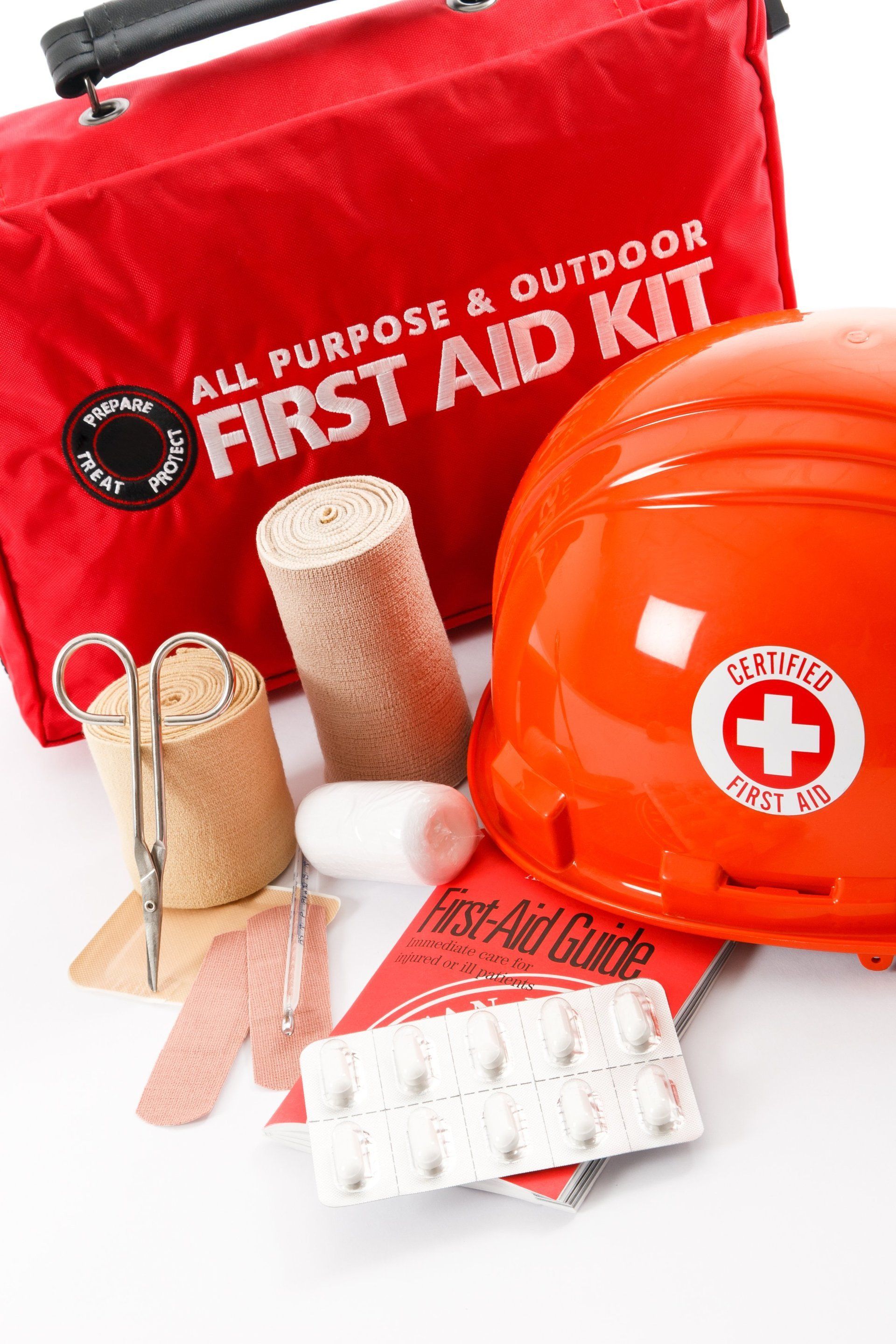Hearing Protection in the Workplace - What You Need to Know
Learn About Hearing Protection in the Workplace
Hearing is often overlooked when it comes to workplace safety. Yet, in many industries, the exposure to high-decibel noise is a daily reality that can have long-term consequences for workers. Whether it’s the roaring machinery on a construction site, the constant hum of equipment in a factory, or drilling at an oilfield, consistent noise exposure can lead to irreversible hearing damage. Proper hearing protection is not only a regulatory requirement but also a moral obligation for businesses to safeguard the well-being of their employees. This post will explore the importance of workplace hearing protection, its numerous benefits, and actionable steps to ensure compliance while prioritizing worker safety.
Understanding Noise Hazards in the Workplace
Hearing damage doesn’t always happen instantly. Permanent hearing loss can occur over extended periods of exposure to noise levels above 85 decibels (dB), which is comparable to running a leaf blower or heavy traffic noise. Still, it only takes a single exposure to extremely high decibels to rupture eardrums and cause immediate harm.
Industries like manufacturing, construction, entertainment, and oil and gas often expose workers to these hazardous sound levels daily. Without proper precautions, workers face risks such as tinnitus (ringing in the ears), temporary threshold shifts (temporary hearing loss), and permanent nerve damage. Employers need to be proactive. It’s not just about meeting regulations, it’s ensuring that workers are protected from these harmful conditions.
Common Sources of Workplace Noise
- Industrial Equipment - Compressors, saws, drills, and manufacturing lines produce sustained high noise levels.
- Construction Machinery - Plows, bulldozers, and cranes hit dangerous decibel ranges regularly.
- Oil and Gas Operations - Drilling rigs, pumps, and engines emit noises that often exceed safe exposure limits.
- Crowded Public Venues - Workers in concerts or sports arenas are also exposed to continuous harmful noise levels.
Benefits of Hearing Protection in the Workplace
Employing proper hearing protection has advantages that go beyond simply adhering to safety guidelines. These benefits extend to employees, employers, and overall business efficiency.
Preserving Workers’ Hearing and Safety
- Prevents Hearing Loss - By reducing noise exposure, hearing protection preserves the functional hearing of workers, which is essential for both personal and professional interactions.
- Reduces Risk of Accidents - Hearing damage can affect balance and spatial awareness, making a worker more prone to accidents.
Compliance and Reduced Liability
- Meeting Regulations - Occupational Safety and Health Administration (OSHA) and other industry-specific guidelines mandate adequate hearing protection for workers, making compliance non-negotiable.
- Minimized Injury Claims - Providing hearing protection reduces the risk of lawsuits and compensation claims due to noise-related injuries.
Boosting Efficiency and Morale
- Improved Focus - Noise-canceling systems help workers focus better on tasks, increasing overall productivity.
- Employee Satisfaction - Workers are more likely to feel valued and safe in a workplace equipped with proper protective measures.
Choosing the Right Hearing Protection
Selecting the right equipment often depends on the environment and specific needs of the tasks being performed. Common options include earplugs and earmuffs, and each offers unique advantages.
Earplugs
- Ideal for environments with moderate to high noise levels.
- Compact and easy to carry, making them suitable for on-the-go workers.
- Comfortable for long periods, especially when custom-molded options are used.
Earmuffs
- Provide superior noise reduction for very loud and continuous noise environments.
- Easily adjustable and convenient for short-term use or intermittent exposure.
- Perfect for noisy industrial or oilfield settings such as those common in Midland and Odessa, TX.
Finding the Right Fit
The effectiveness of either option heavily depends on proper fit and correct usage. Equipment that doesn't seal properly against the ear will not deliver adequate noise reduction. Employers should provide fitting sessions and training to ensure workers use the equipment correctly.
Tips for Implementing Hearing Protection Policies
Beyond providing high-quality equipment, businesses must focus on creating a culture of safety around hearing protection.
- Conduct Regular Noise Assessments - Measure noise levels in the workplace using decibel meters or professional surveys to identify hazardous zones and modify policies accordingly.
- Offer Employee Training - Train employees on the proper use, maintenance, and storage of hearing protective equipment to maximize effectiveness.
- Schedule Routine Maintenance - Ensure machinery and equipment are in good condition to minimize unnecessary noise.
- Develop Incentive Programs - Reward employees for consistent adherence to safety protocols to encourage an ongoing commitment to workplace safety.
- Provide Access to Resources - Place information in easily accessible locations to remind employees about the importance of hearing protection. Include tips like how to choose the right equipment for specific tasks.
Hearing Protection Solutions from Loaded Dice Safety
At Loaded Dice Safety, we offer an extensive range of protective equipment specifically designed to meet the needs of businesses throughout Midland, Odessa, and Pecos, TX; Hobbs and Artesia, NM; and surrounding areas. By working with us, you gain access to robust safety gear and unmatched customer support, ensuring your workplace remains compliant and your employees stay protected. Contact us today or stop by our Odessa, TX location to explore our full range of safety equipment, including hearing protection, impact gloves, safety glasses, and more. Protecting your workforce is just a call away.



